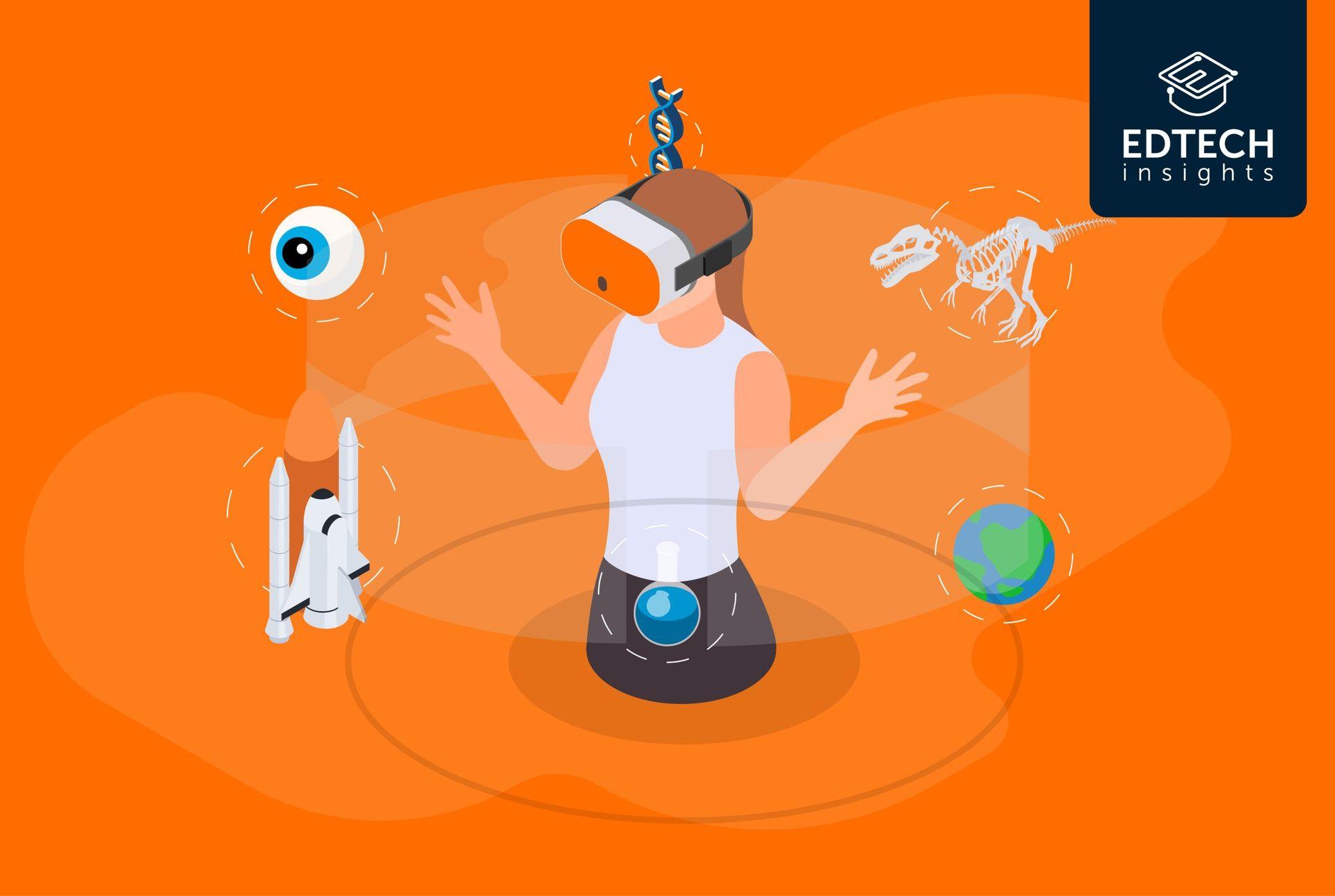Top Strategies for Overcoming Challenges in VR/AR Curriculum Integration
The integration of Virtual Reality (VR) and Augmented Reality (AR) in educational settings is transforming the way students learn and interact with details.Though, integrating these cutting-edge technologies into curricula comes with unique challenges—from infrastructure hurdles to content development and staff training. In this thorough guide, we’ll cover the top strategies for overcoming challenges in VR/AR curriculum integration, empowering educators and administrators to make the most of immersive learning.
Benefits of VR/AR Curriculum Integration
Before tackling the main challenges, it’s essential to recognize the multitude of benefits that VR/AR brings to education:
- Enhanced Engagement: Immersive environments increase student focus and motivation.
- Active Learning: Students learn by doing, fostering deeper understanding and retention.
- Safe Practice: Simulations allow students to practice complex or risky tasks risk-free.
- Accessibility: Brings abstract concepts to life and provides access to environments or tools otherwise unavailable.
- Collaboration: VR/AR can facilitate teamwork, even in remote or hybrid settings.
Common Challenges in VR/AR Curriculum Integration
While VR and AR can revolutionize education, several challenges can hinder their effective integration:
- High Initial Costs: Hardware, software, and content development expenses can be prohibitive.
- Lack of Technical Expertise: Educators and IT staff may need specialized training.
- Content Alignment: Difficulties in aligning VR/AR content with curriculum standards.
- infrastructure Barriers: Reliable internet access, adequate devices, and classroom setup.
- Resistance to Change: Hesitancy among staff and students to adopt new technology.
- Scalability: Ensuring consistent experiences across classes and grades.
Top Strategies for Overcoming Challenges in VR/AR Curriculum Integration
1. Develop a Clear Implementation Plan
Begin with a detailed roadmap that outlines your institution’s goals, available resources, and specific curriculum integration points. Include timelines, responsible parties, expected outcomes, and assessment methods. Consider forming a cross-functional team to oversee the implementation process.
2. Invest in Professional Development and Training
One of the most significant barriers is the lack of educator familiarity with VR/AR technology. Offer regular training sessions,workshops,and hands-on labs to boost teacher confidence and competence. Encourage a culture of continuous learning to stay up-to-date with emerging VR/AR trends.
3. Start Small with Pilot Programs
Launching a pilot project allows you to test VR/AR integration on a small scale, gather feedback, and refine your approach before a wider rollout. Choose keen early adopters and supportive subjects to maximize positive results and identify unforeseen issues early.
4. Prioritize Curriculum alignment
Ensure that VR/AR experiences directly align with your learning objectives and standards. Collaborate with curriculum specialists and use education-focused platforms that offer relevant content. If possible, work with developers to create or adapt VR/AR resources that support your syllabus.
5.Leverage Grant Funding and Partnerships
Reducing costs is possible by seeking grants or forming partnerships with technology providers, local businesses, and universities. many organizations support educational innovation—keep an eye out for VR/AR-specific funding opportunities and collaborative content creation initiatives.
6. Optimize Infrastructure and Accessibility
Assess and upgrade your network infrastructure, device inventory, and classroom design to accommodate VR/AR activities. Opt for user-amiable hardware and software that minimizes technical issues. Always consider accessibility so all students can participate, including those with disabilities.
7. Encourage a Growth Mindset and Foster Community
Combat resistance to change by promoting a growth mindset among staff and students. Share success stories,host demo days,and create forums were teachers can exchange experiences and tips.Encouraging community involvement helps build momentum and shared commitment.
Practical Tips for Seamless VR/AR Integration
- Start with less complex AR experiences on students’ smartphones or tablets before advancing to immersive VR.
- Create a digital resource library where staff can share lesson plans, best practices, and troubleshooting tips.
- Include students in the content feedback loop—their input can guide future purchases and development.
- Schedule regular maintenance and updates to ensure hardware/software reliability.
- Integrate VR/AR activities gradually to prevent overwhelming teachers or students.
case Studies: Successful VR/AR Curriculum Integration
Case study 1: High School Biology and VR Simulations
A suburban high school integrated VR simulations into their biology curriculum,allowing students to explore cell structures and participate in virtual dissections. By starting with a grant-funded pilot program, providing extensive teacher training, and aligning content with state standards, the school achieved:
- 25% increase in test scores after the VR module
- Higher student engagement and participation rates
- Positive feedback from both students and parents
Case Study 2: AR-Facilitated Language Learning
A language institute used AR apps to superimpose vocabulary words and phrases onto real-world classroom objects, making learning contextual and interactive. The integration process included:
- Pilot classes led by tech-savvy teachers
- Peer-led training sessions
- Student feedback drives ongoing app selection
This approach led to:
- Faster vocabulary acquisition
- Greater enthusiasm for language practice
First-Hand Experiences: Educators Share Insights
“Integrating AR into my science classroom seemed daunting at first, but with peer support and online resources, I saw a dramatic increase in student curiosity and autonomous learning.”
– Jane S., Science Teacher
“The VR pilot program not only improved outcomes but also made students more excited about coming to class.It’s worth overcoming those initial hurdles!”
– mark T.,Curriculum Coordinator
Conclusion: Embracing the Future of Learning with VR/AR
Overcoming challenges in VR/AR curriculum integration is a journey that combines vision, planning, collaboration, and perseverance. By following the strategies outlined above—developing clear implementation plans, investing in professional development, embracing pilot programs, aligning content, leveraging partnerships, optimizing infrastructure, and fostering supportive communities—schools and educators can harness the transformative power of immersive technologies.
Whether you are just exploring VR/AR or seeking to take your integration to the next level, remember that every step forward enriches the learning experience and prepares students for a tech-driven world. With determination and the right strategies, the future of education is truly immersive.

